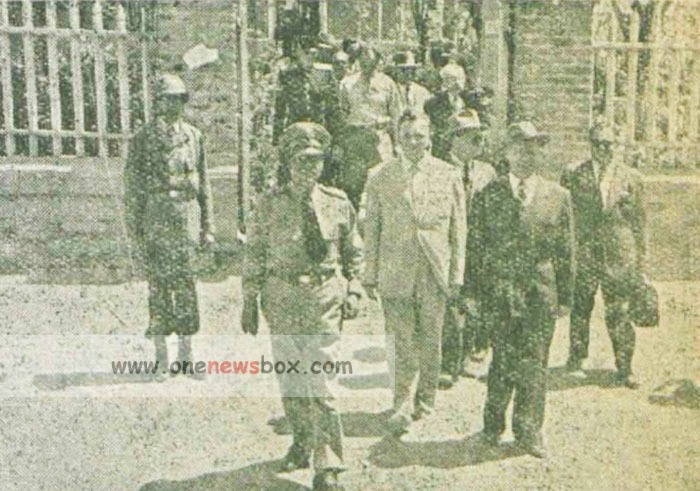The Iranian government, emboldened by growing support from the West and eager to reassert its dignity on the world stage, began pressing for compensation. For the Soviets—led at the time by Nikita Khrushchev—it was an opportunity to demonstrate a more conciliatory posture and counterbalance American influence in the region. It was within this complex context that the agreement on compensation was finally reached.
The amount—11 tons of gold—was as much a political message as it was a financial settlement. The gold was to be handed over at Jolfa, a border town in East Azerbaijan Province, a location steeped in symbolism. It was near this point that Soviet troops had once crossed into Iranian territory. Now, it would become the site of a different kind of exchange—one of restitution rather than occupation.
IV. Jolfa: A Border Town at the Heart of History
Situated on the Aras River, Jolfa has long stood as a gateway between Iran and the Caucasus. Once a bustling hub on the ancient Silk Road, by the 20th century it had become a quiet customs post, its strategic relevance shaped more by the politics of the age than by commerce. The arrival of 11 tons of Soviet gold in December 1955 transformed it—briefly—into a theater of high diplomacy.
